Arusha National Park Wildlife and Environmental Conservation Programs
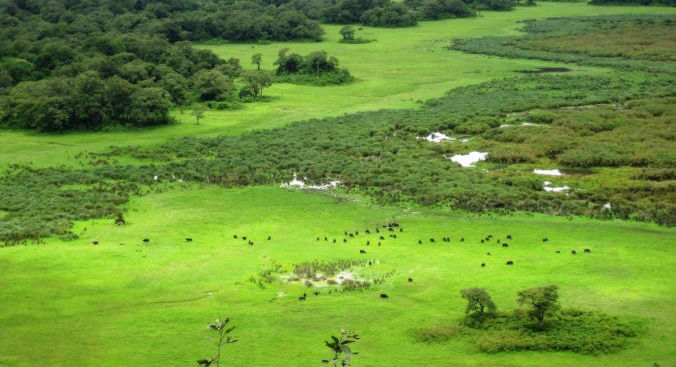
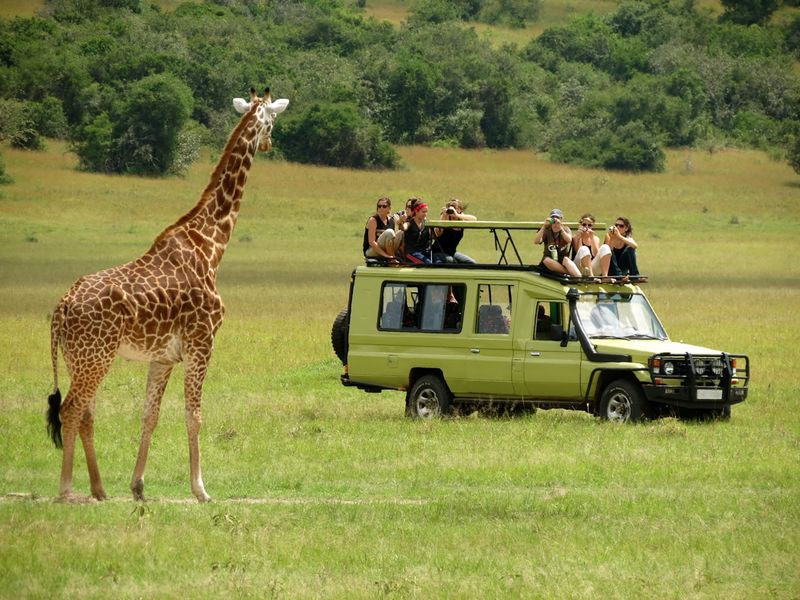
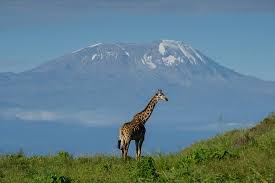
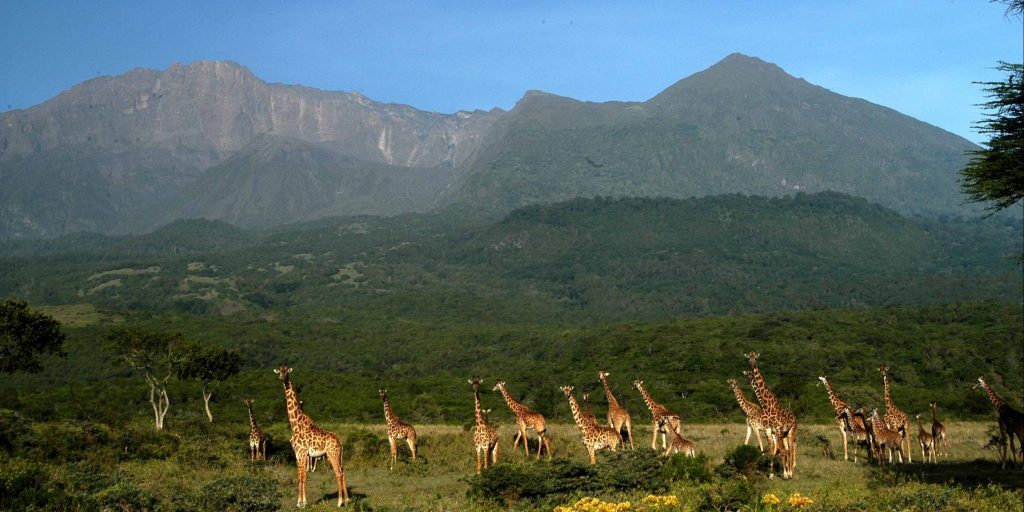
Introduction
Arusha National Park in Tanzania is home to a remarkable array of wildlife and ecosystems, making conservation efforts crucial for maintaining its biodiversity. The park implements several wildlife and environmental conservation programs aimed at protecting its natural heritage and promoting sustainable practices. Here’s an overview of these initiatives:
1. Anti-Poaching Patrols
To safeguard the park’s wildlife, anti-poaching patrols are conducted regularly. These patrols are essential in deterring illegal hunting and protecting vulnerable species from poachers. The park employs rangers who are trained to monitor and respond to threats, ensuring a safer environment for the animals.
2. Habitat Restoration
Arusha National Park engages in habitat restoration efforts to preserve and rehabilitate various ecosystems within the park. This includes reforestation projects and the restoration of degraded areas, which contribute to the overall health and stability of the region’s biodiversity.
3. Research and Monitoring
Ongoing research and monitoring programs are vital for understanding the park’s flora and fauna. These studies assess wildlife health, population dynamics, and ecosystem changes, enabling park authorities to make informed decisions regarding management and conservation strategies.
4. Community Collaboration
Recognizing the importance of local communities, the park collaborates with residents to promote sustainable tourism and provide alternative livelihoods. Engaging local people in conservation efforts fosters a sense of ownership and responsibility towards the park, encouraging sustainable practices that benefit both the community and the environment.
5. Mount Meru Protection
Mount Meru, an active volcano and a significant ecological feature of the park, is protected as part of the conservation programs. Efforts are made to monitor volcanic activity and ensure that the surrounding ecosystems are safeguarded from potential hazards associated with volcanic eruptions.
6. Sustainable Natural Resource Use
The park works closely with local communities to promote the sustainable use of natural resources. This includes initiatives aimed at preventing deforestation, encouraging sustainable agriculture, and promoting the responsible use of land and resources.
7. Environmental Impact Assessment (EIA) Studies
Before any development projects are undertaken within the park, Environmental Impact Assessments are conducted. These studies evaluate potential impacts on the environment and biodiversity, ensuring that any new projects align with conservation goals.
8. Early Burning Practices
To mitigate the effects of dry season fires, the park conducts early burning practices. This technique helps manage vegetation and preserves forage for herbivores, supporting the health of the park’s wildlife populations.
9. Invasive Species Eradication
Invasive species pose a significant threat to native ecosystems. The park actively inventories, maps, and eradicates invasive plant and animal species to protect native biodiversity and restore ecological balance.
Through these comprehensive Arusha National Park wildlife and environmental conservation programs, the park not only aims to protect its unique ecosystems and wildlife but also fosters a sustainable relationship with local communities. These initiatives are vital for ensuring the long-term health of the park’s natural resources and the species that depend on them.
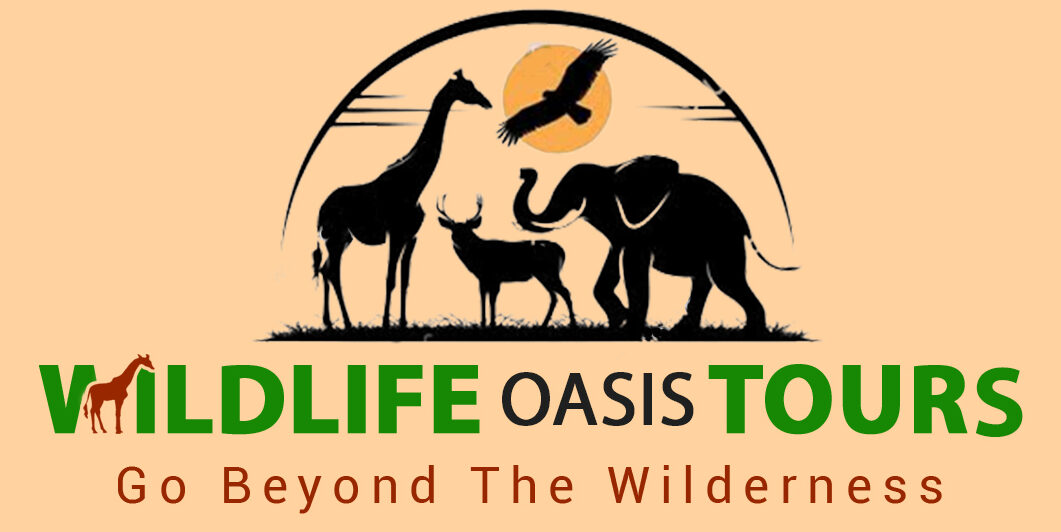
One Comment